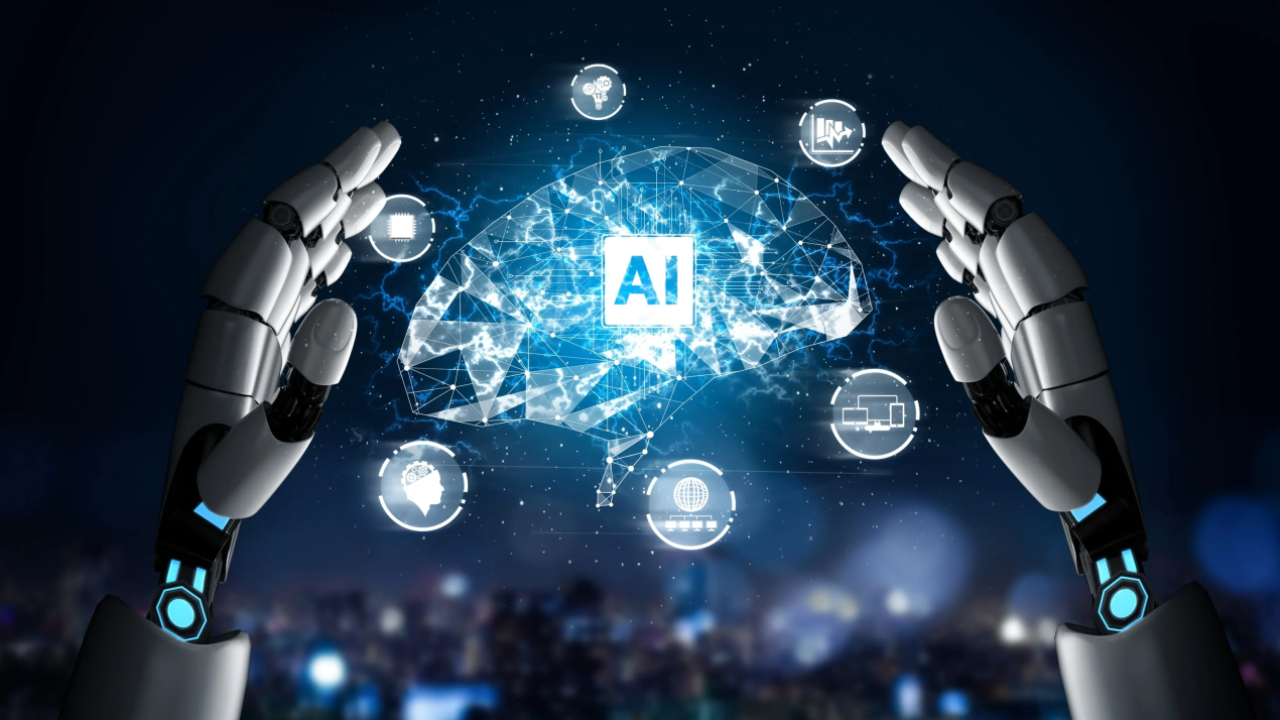AI Regulation in 2025: What You Need to Know
Introduction: The Urgency Behind AI Regulation
Artificial Intelligence (AI) is no longer the stuff of science fiction. In 2025, it powers everything from banking algorithms and medical diagnostics to social media feeds and national defense systems. But with this rapid adoption comes an urgent need to ensure transparency, fairness, and accountability — leading to one of the most pressing conversations today: AI regulation.
Around the world, governments, tech companies, ethicists, and civil society are now racing to create frameworks that control AI’s risks without stifling innovation. In this article, we’ll break down everything you need to know about AI regulation in 2025, what’s changing, who it impacts, and what’s coming next.
Why AI Needs Regulation Now More Than Ever
The rise of AI has been accompanied by several serious concerns:
- Bias and discrimination in hiring, healthcare, and policing algorithms
- Data privacy violations in consumer tracking and facial recognition
- Job displacement caused by AI replacing human labor
- Misinformation through AI-generated deepfakes and fake news
- Lack of accountability when automated systems make errors
These risks are no longer theoretical. They’re happening now — and without clear rules, governments and corporations risk losing public trust.
Key Goals of AI Regulation in 2025
AI regulation aims to strike a balance between technological progress and ethical boundaries. The most common objectives include:
- Transparency: Knowing how AI systems make decisions
- Fairness: Preventing bias and ensuring equitable outcomes
- Accountability: Defining who is responsible for errors or harms
- Privacy: Protecting individual data rights
- Safety: Ensuring AI tools are tested and reliable before deployment
- Control: Allowing for human oversight of critical systems
Major Regions and Their AI Regulatory Approaches
1. European Union (EU) – Leading the Global Push
The EU’s AI Act, expected to go fully into effect by late 2025, is the most comprehensive regulation globally. It categorizes AI systems by risk:
- Unacceptable risk (e.g., social scoring by governments) – Banned
- High risk (e.g., AI in hiring or finance) – Strict oversight required
- Limited risk – Must include transparency labels
- Minimal risk – Few restrictions
The AI Act also mandates human oversight, clear documentation, and regular audits for high-risk systems.
2. United States – Industry-Led but Catching Up
The U.S. has historically relied on self-regulation by tech companies, but this changed after high-profile AI controversies in 2024. In 2025:
- The Federal AI Accountability Act is under review, targeting high-risk use cases in healthcare, education, and criminal justice.
- Agencies like the FTC and FDA have started issuing their own AI-related guidance.
Still, the U.S. approach is fragmented and varies by sector and state, with ongoing debates about how strict regulation should be.
3. China – AI with Governmental Control
China’s model focuses on state control and national security. It has passed laws requiring:
- Government pre-approval for certain AI deployments
- Algorithmic transparency for social media recommendation engines
- Content filtering and censorship for generative AI tools
Unlike the West, China views AI as a tool of governance and propaganda management, which shapes its regulatory priorities.
4. Rest of the World
Countries like Canada, Australia, the UK, Brazil, and India are rolling out their own AI frameworks, often modeled after EU or U.S. proposals. Many are focusing on:
- Consumer data protection
- Ethical AI principles
- AI safety and auditing requirements
How AI Regulation Affects Businesses in 2025
1. Compliance Is Now Mandatory
Any business using AI — from chatbots to automated HR systems — must demonstrate compliance with regulations in regions they operate. This includes:
- Documenting how their AI works
- Ensuring data quality and fairness
- Enabling users to contest AI decisions
Fines for violations are steep. In the EU, companies face penalties of up to 6% of global turnover for breaching the AI Act.
2. Rise of AI Governance Teams
Companies are now hiring AI ethics officers and forming internal AI governance committees to ensure compliance, manage audits, and review algorithmic risk.
3. Impact on Innovation
Some critics argue that heavy regulation could slow innovation and favor large companies that can afford legal compliance. But others say that clear rules:
- Create a level playing field
- Build consumer trust
- Reduce legal uncertainty for developers and startups
How AI Regulation Affects Consumers in 2025
1. More Transparency
Under new laws, users must now be informed when they’re interacting with an AI — whether it’s a chatbot, recommendation engine, or automated decision system.
You now have the right to:
- Know how an AI system made a decision
- Contest unfair or incorrect results
- Request human review
2. Better Data Protection
AI regulation is reinforcing privacy rights. Consumers must give explicit consent before their data is used in AI training or targeting, and companies must minimize data collection to only what’s necessary.
3. Safer Products and Services
Regulations require AI tools — especially in healthcare, finance, and transportation — to be tested, validated, and continuously monitored for performance and fairness.
Challenges Facing AI Regulation
Despite progress, several obstacles remain:
- Global inconsistency: Different countries have different laws, making international AI development complex
- Regulating rapidly evolving tech: AI is evolving faster than legislation can keep up
- Defining responsibility: If an AI system fails, is the developer, deployer, or user liable?
- Balancing innovation and restriction: Over-regulation may deter small startups or developers
The Future of AI Regulation: What’s Next?
Looking ahead, we can expect:
- More international coordination on standards
- AI audit frameworks and certification systems
- Stronger rules around generative AI (text, video, image generation)
- Greater focus on ethical AI, especially in education, military, and child safety
- A push for open-source accountability — making algorithms and datasets more transparent
Conclusion
The debate around AI regulation isn’t about whether we should regulate — it’s about how to regulate responsibly. In 2025, we’re witnessing a critical moment in tech governance.
Done right, AI regulation can:
- Protect people from harm
- Hold companies accountable
- Encourage safer, fairer technology development
Whether you’re a business, developer, or consumer, understanding how AI is governed is now a necessary part of participating in the digital world.






